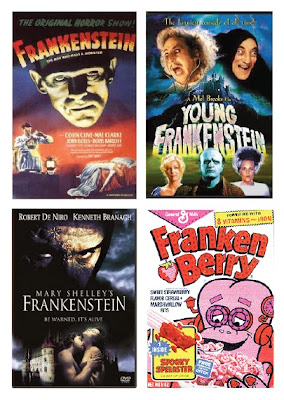By
Annette Cole Mastron, Communications Director for Southern Writers Magazine
Do you
ever wonder what your dog is thinking? Especially, during today's holiday,
Halloween, I often wonder what my dog thinks.
Eager, costumed children with trick-or-treat bags and masked faces tentatively approach our decorated yard and porch. They are seeking a candy treat. Seated just inside the entry hall looking out the glass and metal security door sits our big dog. It's easy to know what the children are thinking but what is the dog thinking as he watches the children walk up his porch?
Stories written from a dog's point of view are unique and can be a challenge but fun to write. A canine point of view makes for a unique perspective and sometimes a classic tale. A writer obviously does not know what a dog is thinking, so fiction is created.
Dog storytelling has made for great classics, still being read by school children worldwide. One such classic, Jack London’s, The Call of the Wild about Buck and his adventure, still entertains its readers.
When writing a story with a dog protagonist, you should remember;
1. Keep the language simple. Short sentences work best. Dogs don’t think in human words, although they may respond to human commands. Care must be used to filter out our human perception and speak canine in our writing.
2. Make sure you give your dog actions that match his perspective.
3. Your dog's traits need to lead your readers into a dog's secret world. Consider how a dog might think, respond, feel, remember, and behave in different situations.
4. If you write "he shakes his head when you try to pet him," it doesn't really convey anything. However, writing "he remembers something hurtful whenever a hand is raised towards his head," draws the reader into the dog's story that has yet to be revealed.
5. Draw your readers to your dog hero. Don’t tell them this is the dog everyone wants. Instead, imply that this is the dog nobody wants. That is what the reader wants to hear and will keep them reading to the end of your story.
Eager, costumed children with trick-or-treat bags and masked faces tentatively approach our decorated yard and porch. They are seeking a candy treat. Seated just inside the entry hall looking out the glass and metal security door sits our big dog. It's easy to know what the children are thinking but what is the dog thinking as he watches the children walk up his porch?
Stories written from a dog's point of view are unique and can be a challenge but fun to write. A canine point of view makes for a unique perspective and sometimes a classic tale. A writer obviously does not know what a dog is thinking, so fiction is created.
Dog storytelling has made for great classics, still being read by school children worldwide. One such classic, Jack London’s, The Call of the Wild about Buck and his adventure, still entertains its readers.
When writing a story with a dog protagonist, you should remember;
1. Keep the language simple. Short sentences work best. Dogs don’t think in human words, although they may respond to human commands. Care must be used to filter out our human perception and speak canine in our writing.
2. Make sure you give your dog actions that match his perspective.
3. Your dog's traits need to lead your readers into a dog's secret world. Consider how a dog might think, respond, feel, remember, and behave in different situations.
4. If you write "he shakes his head when you try to pet him," it doesn't really convey anything. However, writing "he remembers something hurtful whenever a hand is raised towards his head," draws the reader into the dog's story that has yet to be revealed.
5. Draw your readers to your dog hero. Don’t tell them this is the dog everyone wants. Instead, imply that this is the dog nobody wants. That is what the reader wants to hear and will keep them reading to the end of your story.
With a
dog as the main protagonist, in a Halloween tale, telling the story encompasses
their heightened senses. Sights, sounds, smells, touch and taste will be
different for dogs than us human writers. For one thing they are shorter, and
more at a trick or treaters eye level.
Come this Halloween evening, as the trick or treaters approach your home, watch your dog and try to write about what he might be thinking. The story you create will have an unusual perspective.
Happy Howl-o-ween!
Come this Halloween evening, as the trick or treaters approach your home, watch your dog and try to write about what he might be thinking. The story you create will have an unusual perspective.
Happy Howl-o-ween!
























